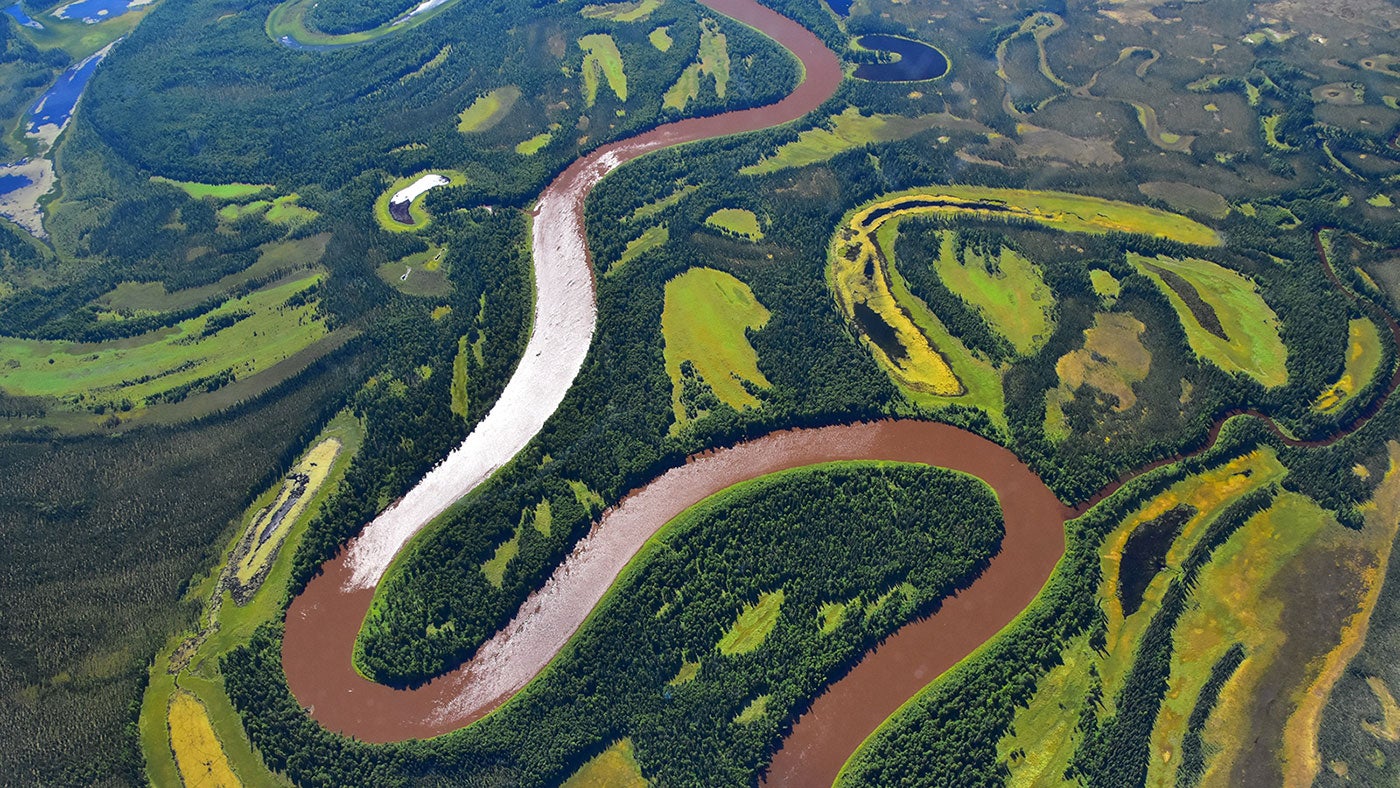Earthjustice stands with western Alaska tribes and families after severe storms devastated entire communities, displacing more than 1,000 residents just before winter. Learn more and how you can help.
Court Hearing: Southwest Alaska Tribes Challenge Donlin Gold Mine’s Federal Permits
Tribal plaintiffs are asking the court to vacate federal authorizations for the mine while federal agencies redo the flawed and illegal environmental study
Contacts
Elizabeth Manning, Earthjustice, emanning@earthjustice.org
Six tribes in the Yukon Kuskokwim Delta region of Southwest Alaska are challenging key federal authorizations for the Donlin Gold Mine in a lawsuit before the U.S. District Court in Alaska. The legal challenge, originally filed in 2023 by Earthjustice on behalf of the tribes, resulted in a partial victory last year when the court found that key federal agencies responsible for permitting the Donlin Gold Mine failed to fully consider the project’s harms in the environmental study for the project.
At the time of that ruling, the court requested further arguments from the parties on how to remedy this failure. During a May 9, 2025, hearing before the U.S. District Court in Alaska that will begin at 10 am, the U.S. District Court in Alaska will hear oral arguments from both sides about how to fix the problem of the unlawful environmental study.
The tribes are asking the court to strike down key federal permits that rely on the inadequate study that the court found to be illegal. The developers are seeking to keep the permits in place while federal agencies address the flawed environmental impact statement and subsistence analysis. During the oral argument, both sides will have 20 minutes to make their points before the court.
How to listen in
The public may tune in to the oral argument at 10 am on Friday, May 9.
- Call-In Number: 571-353-2301, Call ID: 275666327.
- You can also attend in person at the Anchorage Courtroom 2, Federal Building, 222 West 7th Avenue, Anchorage, AK 99501
The six tribes participating in the lawsuit are OrutsararmiutNative Council, Tuluksak Native Community, the Organized Village of Kwethluk, the Native Village of Eek, Chevak Traditional Council, and the Native Village of Kwigillingok.
Statements from the Tribes and from Earthjustice, who represents the Tribes
Walter Jim, Tribal Council President, Orutsararmiut Native Council: “This mine poses unacceptable risks to Kuskokwim River communities, including the serious threat of a tailings dam failure. Meanwhile, most of the profits would go to a Canadian mining corporation and a few extremely wealthy individuals who don’t know our values and ways of life. If this mine moves forward, it will be at the expense of our health and wellbeing, and that of future generations who we hope can continue to live here as our ancestors have for almost 10,000 years.”
Martin Andrew, Vice Chair, Organized Village of Kwethluk: “We depend on the Kuskokwim River, which has sustained our customary and traditional practices for generations. This legal challenge is important to us because we must protect this sustainable resource we have always relied on.”
Esther Friday, First Chief of Chevak Native Council: “We’re asking the court to vacate these federal permits because federal agencies haven’t examined the impacts to our region adequately. Most tribes in our region do not want the mine to move forward. The federal government must ensure this project will not harm our people, or our lands and waters that support the fish and wildlife we depend on.”
Maile Tavepholjalern, Earthjustice Attorney: “The court recognized last September that the federal studies that underpin the mine’s permits failed to adequately consider the environmental and subsistence impacts of the mine. Now, we’re asking the courts to pull back key federal permits so the agencies can conduct a more honest assessment of the mine’s impacts.”
Background
The Donlin Gold Mine project, if it moves forward, would reportedly be the largest pure gold mine in the world. If built, the company is expected to extract 556 million tons of ore to produce about 30 million ounces of gold over the 27-year life of the mine — and would generate 2.5 billion tons of waste rock, some of which would generate acid drainage.
Recently, Barrick Gold Corporation, one of two mining partners in the project, announced plans to sell its Donlin Gold LLC shares to a billionaire hedge fund manager and the junior mining partner Novagold. As these new partners try to move the project forward, they will still need to secure a power source for the mine, contend with ongoing litigation and obtain a state dam safety certificate. Ongoing litigation includes this federal legal challenge and several additional state lawsuits.
The mine project would include a 316-mile-long buried gas pipeline from Cook Inlet in Southcentral Alaska to the mine site; transportation infrastructure including a new port, a port expansion, and a tripling of barge traffic on the Kuskokwim River; plus the mine site itself that included an open pit, a processing plant, waste rock and tailings storage facilities, water treatment and power plants, dams and reservoirs, airstrips, and access roads. In all, the mine project would cover 25 square miles. After the mine’s closure, the open pit would fill with contaminated water, forming a permanent lake that would require water treatment in perpetuity and would never meet water quality standards.

Additional Resources
About Earthjustice
Earthjustice is the premier nonprofit environmental law organization. We wield the power of law and the strength of partnership to protect people's health, to preserve magnificent places and wildlife, to advance clean energy, and to combat climate change. We are here because the earth needs a good lawyer.